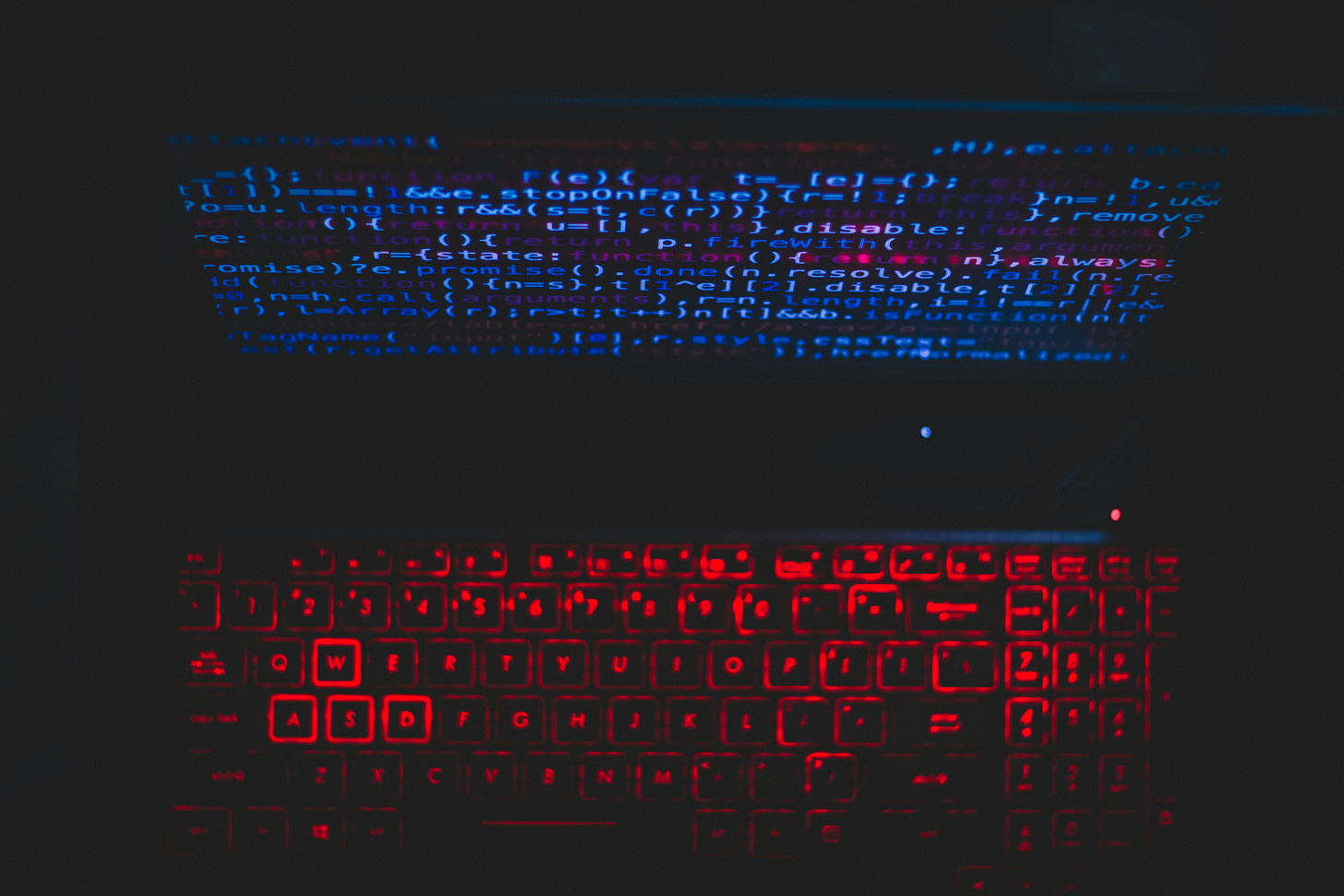Author’s Note: This essay was first published in Commonweal. You can read part of the essay below and follow the accompanying link to Commonweal if you’re interested in reading the full piece.
What do we lose when we lose the ability to write? The rise of AI writing applications has led to a lot of understandable consternation, especially among teachers of writing. ChatGPT is already becoming a tool for rampant plagiarism, robbing students of the chance to demonstrate their understanding and develop critical thinking skills, while forcing teachers to overhaul their homework assignments and exams on the fly. But, as a university creative writing and literature instructor, I can see there’s something equally important students may be robbed of: the capacity to empathize and connect with others and with oneself that writing practice, at its best, can foster.
The concern that new technology is curtailing our capacity for empathy is nothing new. Sherry Turkle has written extensively about how technologies in the last two decades have diminished opportunities for face-to-face communication. The smartphone has become a perpetual social crutch, providing an easy escape from the mundane, uncomfortable, or difficult moments of face-to-face interaction. As Turkle explains, these technologies have resulted in less capacity to connect and empathize with others since we are spending less time literally seeing them: “We are seeing, with our children, in our romantic relationships, in our educational system, at work, that we are not paying attention to each other.”
The same is true with the move to virtual classroom settings, accelerated by the pandemic. While face-to-face interactions over Zoom still enable, to an extent, students and teachers to read non-verbal clues and body language—markers enabling empathy and connection—the online classroom remains a far cry from the actual classroom. I’ll admit that when I took certain graduate courses online, I was sometimes surfing the internet or responding to an unrelated email instead of giving the teacher or fellow students my undivided attention. Even when you are paying attention, it can be exhausting and alienating to stare at a screen of tiny faces while monitoring one’s own expressions in ways that feel unnatural.
AI poses analogous barriers to human connection and empathy, though it does so in a very different way. Technology critic L.M. Sacasas has written on what is lost when we contemplate an AI-generated image. He admits that such images can be delightful, alluring, and impressive. However, in his experience, the difference between gazing at an AI-generated image and the work of a human artist (such as Rembrandt or Bruegel) is that the former doesn’t allow for sustained engagement. It offers only surface-level appeal, depriving the viewer of the depth and insight that can emerge during prolonged contemplation. AI artworks present “surfaces that may arouse a desire to know more deeply but which do not have the depth to satisfy that desire.”
Continue reading this article in Commonweal.


